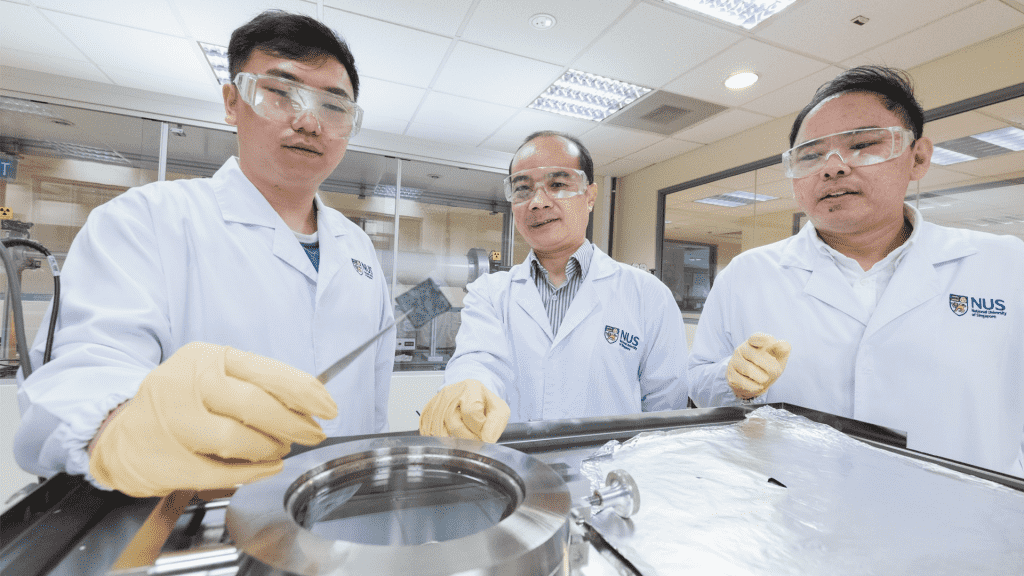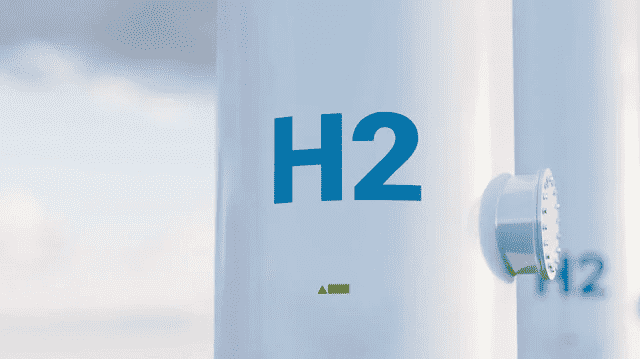A team of academics from the National University of Singapore (NUS) discovered a coincidental scientific discovery that has the potential to alter the way water is broken down to generate hydrogen gas.
The researchers discovered that light could activate a new method in a catalytic substance commonly used in water electrolysis, which breaks water down into hydrogen and oxygen. As a result, a more energy-efficient way of obtaining hydrogen has been developed.
“We discovered that the redox center for the electro-catalytic reaction is switched between metal and oxygen, triggered by light,” said Associate Professor Xue Jun Min, who also led the study. “This largely improves the water electrolysis efficiency.”
The new finding can open up new and more efficient industrial techniques for creating hydrogen, bringing this ecologically beneficial fuel source within reach of more people and companies.
Under normal circumstances, Assoc. Prof. Xue and his team might not have made such a revolutionary discovery. However, an unintentional power outage in his laboratory nearly three years ago enabled them to witness something that the rest of the world’s research world has yet to do.

The ceiling lights at Assoc. Prof. Xue’s research lab went out owing to a power outage in 2019. When the researchers returned the next day, they discovered that the performance of a nickel oxyhydroxide-based material in the water electrolysis experiment, which had been running in the dark, had dropped significantly.
“This drop in performance, nobody has ever noticed it before because no one has ever done the experiment in the dark,” said Assoc. Prof. Xue. “Also, the literature says that such a material shouldn’t be sensitive to light; the light should not have any effect on its properties.”

The electro-catalytic mechanism in water electrolysis is a well-studied subject, and nickel-based materials are widely used as catalytic materials. As a result, to prove that they were on the verge of uncovering something revolutionary, Assoc. Prof. Xue and his team conducted countless repeated experiments. In addition, they probed deeper into the mechanics of such an occurrence. They even replicated the experiment outside of Singapore to check the consistency of their findings.
With its findings, the team is now developing a new method for improving industrial operations that generate hydrogen. Assoc. Prof. Xue proposes making the water-containing cells transparent to introduce light into the water-splitting process.

“This should require less energy in the electrolysis process, and it should be much easier using natural light,” said Assoc. Prof. Xue. “More hydrogen can be produced in a shorter amount of time, with less energy consumed.”
The study was published in the journal Nature.


